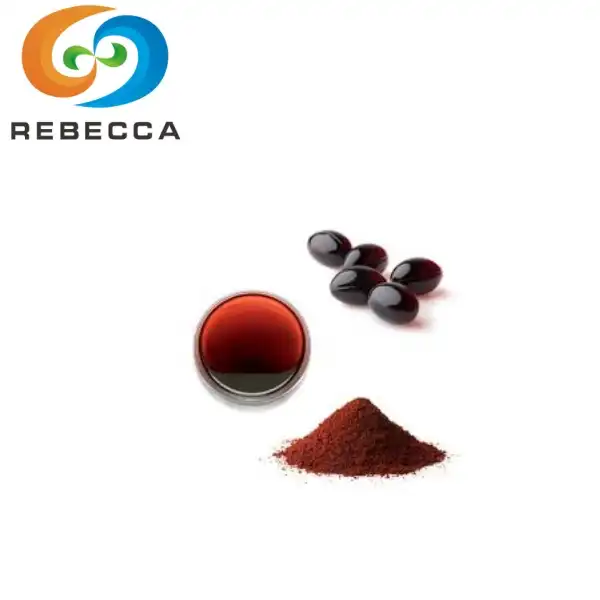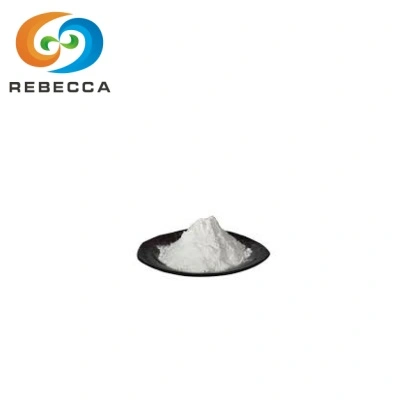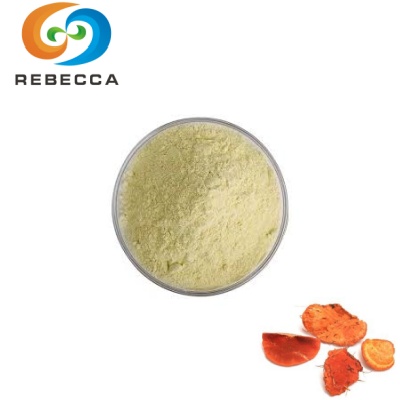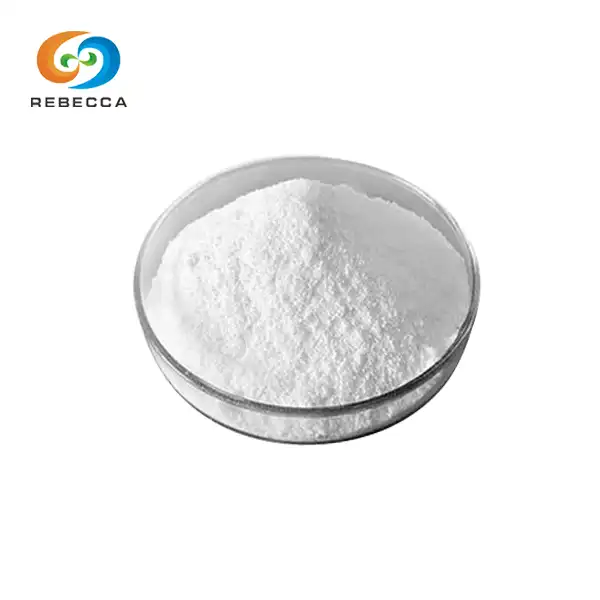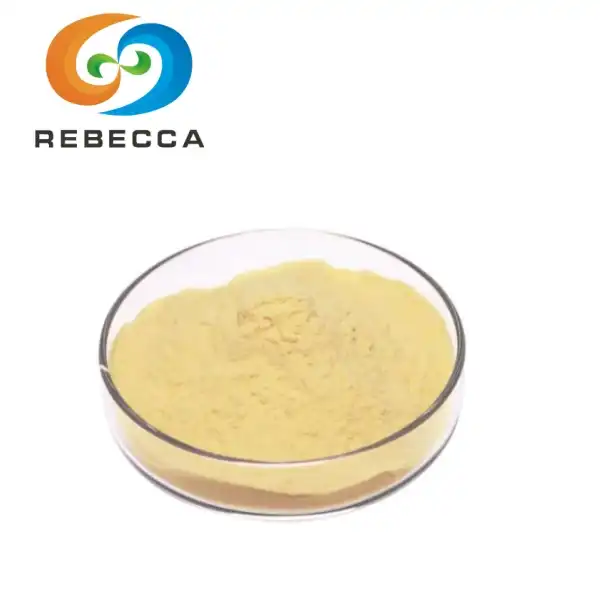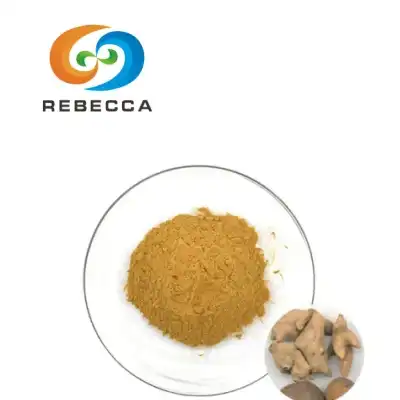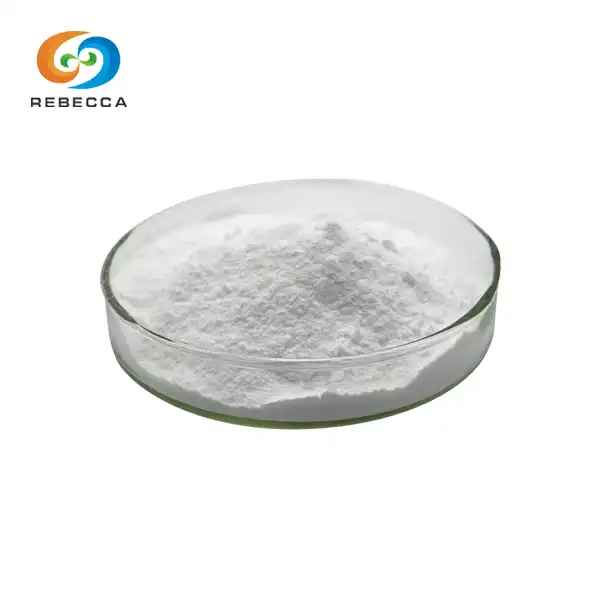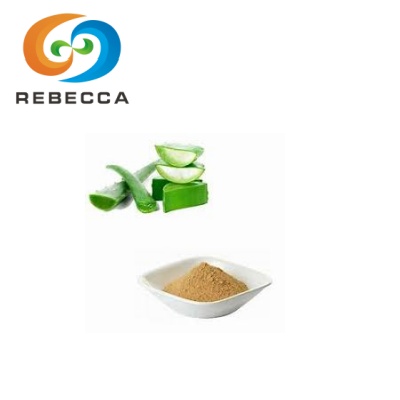Is red clover tincture same as red clover extract?
Red clover extract and red clover tincture are not the same, despite both being derived from the Trifolium pratense plant. The primary difference lies in their production methods and concentration of active compounds. It is typically a more concentrated form, often standardized to contain specific levels of isoflavones. Tinctures, on the other hand, are liquid preparations made by steeping red clover in alcohol or glycerin. While both forms offer potential health benefits, extracts generally provide a more consistent and potent dose of red clover's beneficial compounds.
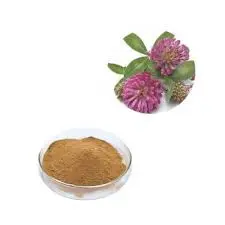
Product Name: Red clover Extract
CAS No.: 485-72-3
Specification: Formononetin 98%
Test Method: HPLC
Latin Name: Trifolium pratense L.
Extraction Methods Compared
Solvent-based extraction: Tinctures vs. Extracts
The production of red clover tinctures and extracts involves different solvent-based extraction methods. Tinctures are traditionally made by macerating dried red clover flowers and leaves in alcohol or glycerin for several weeks. This process draws out the plant's active compounds, resulting in a liquid preparation. The alcohol content in tinctures can vary, typically ranging from 20% to 60%.
In contrast, red clover extracts often utilize more advanced extraction techniques. These may include percolation, where solvents are passed through the plant material, or ultrasonic-assisted extraction, which uses sound waves to enhance the extraction process. The choice of solvent can significantly impact the final product's composition and potency. Water, ethanol, or a combination of both are commonly used solvents for red clover extraction.
Heat and pressure: CO2 extraction for red clover
An innovative method gaining popularity in the production of red clover extracts is supercritical CO2 extraction. This technique uses carbon dioxide under high pressure and controlled temperature to extract desired compounds from the plant material. CO2 extraction offers several advantages over traditional methods:
- It's a clean, environmentally friendly process that leaves no toxic residues.
- The low temperature preserves heat-sensitive compounds in the red clover.
- It allows for selective extraction of specific compounds by adjusting pressure and temperature.
This method can produce highly concentrated red clover extract with precise control over the isoflavone content, making it particularly appealing for pharmaceutical and nutraceutical applications.
Traditional vs. modern red clover processing techniques
Traditional processing of red clover involved simple drying and powdering of the plant material. While still used in some herbal preparations, these methods have largely given way to more sophisticated techniques in the production of standardized extracts.
Modern processing techniques focus on maximizing the extraction and preservation of red clover's bioactive compounds, particularly isoflavones. These may include:
- Spray drying: Rapidly drying liquid extracts to produce a stable powder form.
- Membrane filtration: Separating and concentrating specific molecular weight fractions.
- Chromatographic techniques: Isolating and purifying individual isoflavones.
These advanced methods allow for the creation of highly standardized red clover extracts with consistent potency and quality, crucial for research and commercial applications.

Potency and Bioavailability Differences
Concentration of isoflavones in tinctures and extracts
The concentration of isoflavones, the primary active compounds in red clover, can vary significantly between tinctures and extracts. Tinctures typically contain lower concentrations of isoflavones compared to standardized extracts. The isoflavone content in tinctures can be influenced by factors such as the plant material quality, alcohol percentage, and maceration time.
Standardized red clover extracts, on the other hand, are formulated to contain specific amounts of isoflavones, usually expressed as a percentage. Common standardizations include 8%, 20%, or 40% isoflavones. This consistency allows for more precise dosing and is particularly important in clinical research and supplement formulation.
Absorption rates: Liquid vs. solid red clover forms
The absorption rates of red clover compounds can differ between liquid tinctures and solid extract forms. Liquid preparations, including tinctures, are generally absorbed more quickly by the body due to their solubilized state. This can lead to faster onset of effects but potentially shorter duration.
Solid forms of red clover extract, such as capsules or tablets, may have slower initial absorption but can provide more sustained release of isoflavones. Some extract formulations incorporate technologies to enhance bioavailability, such as micronization or the use of phospholipid complexes.
Shelf life and stability of red clover preparations
The shelf life and stability of red clover products vary between tinctures and extracts. Tinctures, due to their alcohol content, generally have a longer shelf life and are resistant to microbial growth. However, they may be sensitive to light and temperature fluctuations, which can affect their potency over time.
Dry red clover extracts, when properly stored, can maintain their potency for extended periods. Factors affecting stability include:
- Moisture content: Lower moisture levels contribute to better stability.
- Packaging: Light-resistant and airtight containers protect against degradation.
- Storage conditions: Cool, dry environments help preserve active compounds.
Manufacturers often conduct stability testing to determine the optimal shelf life and storage conditions for their red clover products, ensuring potency throughout the product's lifespan.


Choosing the Right Form for YouRed clover dosage: Tincture vs. extract recommendations
Dosage recommendations for red clover tinctures and extracts can vary widely based on the specific product and intended use. Tincture dosages are typically measured in drops or milliliters, while extract dosages are often given in milligrams.
For tinctures, a common dosage range is 2-4 mL, taken 1-3 times daily. However, it's crucial to follow the specific instructions provided by the manufacturer or a healthcare professional, as concentrations can vary between products.
Standardized red clover extracts often recommend dosages based on total isoflavone content. A typical range might be 40-80 mg of isoflavones per day, divided into multiple doses. These recommendations are based on clinical studies that have shown potential benefits at these levels.
Taste and convenience: Comparing user experiences
The taste and convenience of red clover preparations can significantly impact user preference and compliance. Tinctures have a distinct taste that some users find unpleasant due to the alcohol content and concentrated plant flavors. However, they offer the advantage of easy dose adjustment and can be mixed with water or juice to improve palatability.
Red clover extract in capsule or tablet form are generally tasteless and more convenient for many users. They provide precise dosing and are easy to incorporate into daily routines. Some users prefer this option for its discreteness and lack of preparation required.
Specific health goals: Matching form to desired benefits
Choosing between red clover tincture and extract often depends on the specific health goals and individual preferences of the user. Tinctures may be preferred for:
- Users seeking faster absorption and onset of effects
- Those who prefer liquid supplements or have difficulty swallowing pills
- Applications where gradual dose titration is desired
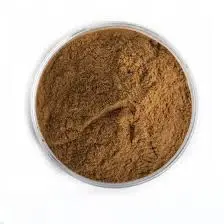
Standardized extracts might be more suitable for:
- Research purposes requiring consistent dosing
- Long-term supplementation for specific health concerns
- Users who prioritize convenience and precise dosing
It's important to consider factors such as potential interactions with medications, individual health conditions, and the advice of healthcare professionals when choosing a red clover supplement form.
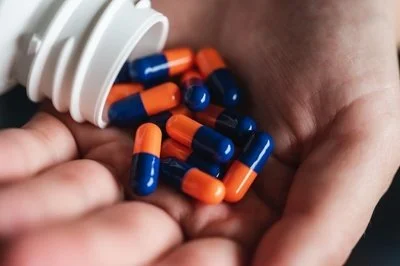
While red clover tinctures and extracts share the same botanical source, they differ significantly in production methods, concentration, and application. Tinctures offer a traditional, liquid form with potentially faster absorption, while standardized extracts provide consistent potency and precise dosing. The choice between the two depends on individual needs, preferences, and health goals. Regardless of the form chosen, it's crucial to select high-quality products from reputable sources and consult with healthcare professionals before incorporating red clover supplements into your regimen.
Red Clover Extract Powder Manufacturer
Shaanxi Rebeccia stands out as a leading manufacturer. Our production base is equipped with internationally leading extraction, separation, and purification equipment, and operates in strict compliance with GMP and ISO standards. From raw material procurement to finished product delivery, every step undergoes rigorous quality control to ensure the safety and efficacy of our products. As a professional red clover extract powder supplier in China, we offer high-quality specifications, including CAS No.: 485-72-3, Specification: Formononetin 98%, with HPLC as the test method. For inquiries about our product, please contact us at information@sxrebecca.com.
References
- Booth, N. L., et al. (2006). The chemical and biological profile of a red clover (Trifolium pratense L.) phase II clinical extract. Journal of Agricultural and Food Chemistry, 54(21), 8526-8533.
- Coon, J. T., et al. (2007). Trifolium pratense isoflavones in the treatment of menopausal hot flushes: a systematic review and meta-analysis. Phytomedicine, 14(2-3), 153-159.
- Lipovac, M., et al. (2012). The effect of red clover isoflavone supplementation over vasomotor and menopausal symptoms in postmenopausal women. Gynecological Endocrinology, 28(3), 203-207.
- Occhiuto, F., et al. (2007). Effects of phytoestrogenic isoflavones from red clover (Trifolium pratense L.) on experimental osteoporosis. Phytotherapy Research, 21(2), 130-134.
- Shakeri, F., et al. (2015). Phytoestrogens in the treatment of postmenopausal osteoporosis. Iranian Journal of Pharmaceutical Research, 14(4), 1029-1044.
